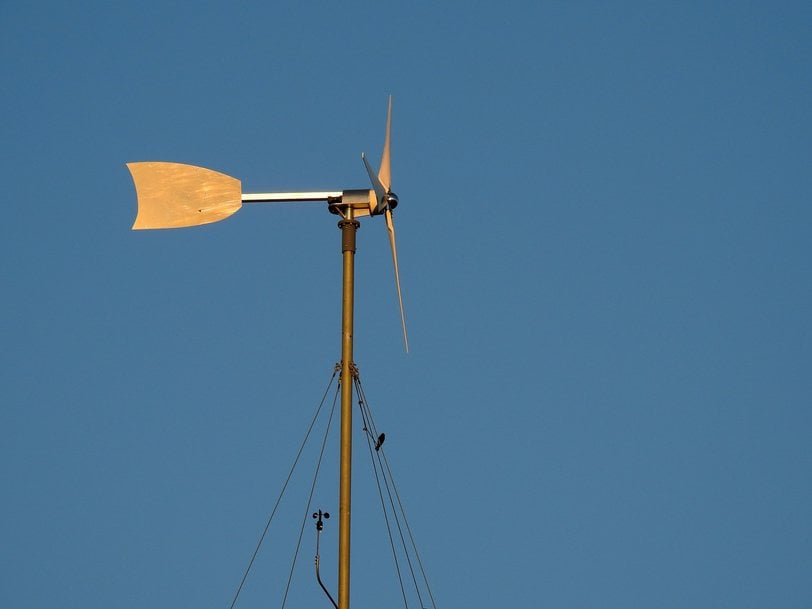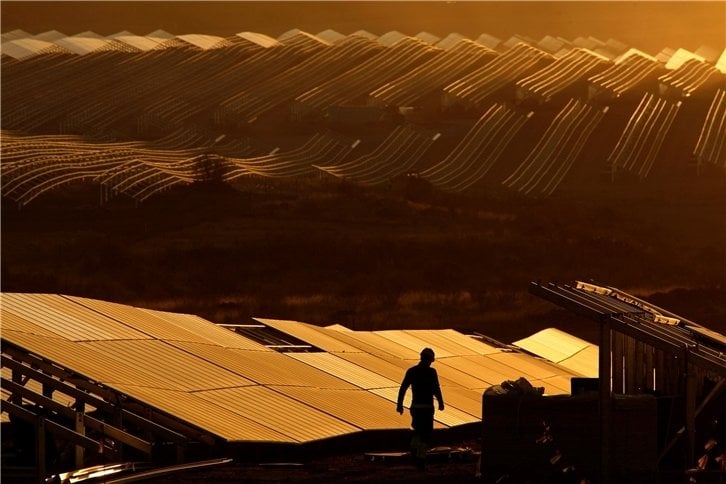www.magazine-industry-usa.com
04
'21
Written on Modified on
Impact of Renewables and Micro-grids on World Economies
The new energy paradigm calls for the revitalisation of the power infrastructure, changing the architecture of energy networks and introducing new equipment and new policies. These are needed to accommodate the differences in the way electricity is generated from renewable energy sources.

Clearly, the new, clean generators are not a straight swap for conventional fossil-fuel power stations. By necessity, the new paradigm is about power diversity – leveraging not only wind and solar but geothermal and hydro energy including tidal - and a more distributed architecture. There will be many more generators, typically of lower MW-capacity, than centralised gas or coal power stations, feeding in at many more points on the grid.
Additionally, grids will contain large quantities of storage distributed throughout, often collocated with the generators and also on-premises in behind-the-meter installations.
Increasing Total Capacity
Ultimately, the total MW capacity must surpass that of the conventionally powered grid. Essential as the world’s electricity demand increases with decarbonisation. Growing numbers of assets formerly powered by conventional fuels – such as cars, buses, aircraft, and applications using stationary combustion engines – are being electrified in pursuit of greater efficiency and reduced emissions.
The industry is already responding with ambitious plans to increase capacity, faced with such an imperative. Europe’s largest solar farm, Iberdrola’s Núñez de Balboa project, went live on time despite the effects of the COVID-19 crisis. With 500MW of installed capacity, the plant can meet the energy needs of 250,000 people and should save 215,000 tons of CO2 emissions per year.
New policies towards localised generation are also needed, to allow private organisations and individuals to create individual self-powered microgrids. These can store and use their own electricity, and feed excess power to the grid in exchange for a tariff. They retain the flexibility to draw power from the grid when the generator output is low, as well as being able to disconnect when needed for protection against grid disturbances. By disconnecting and acting autonomously, these microgrids can contribute towards the stability of the main grid, in addition to providing access to reliable power for local users. Professional teams are already setting up to design and implement microgrids on a commercial basis for corporations and private owners.

A More Resilient Grid
Given the ageing state of the current power distribution network, power outages are probably more frequent than most people know. Short periods of power failure occur frequently and typically last for several minutes, as many in the IT industry will know from observing the number of times their uninterruptible power supply (UPS) is needed to step in and provide backup power. The new paradigm necessitates extensive changes to the infrastructure, which in turn create opportunities for renewal of some ageing assets. Renewable energy sources, with their inherent unpredictability, necessitate robust sources of backup power to be built into the grid itself. Greater resilience against outages result.
Solving Safety Challenges
While this unprecedented opportunity to “green” the grid is exciting, the new generations of equipment must meet established standards for grid-connected assets. Safety is paramount, noting that Li-ion battery technology has a less than perfect record. Failures have caused fires in devices such as personal computers and some electric vehicles. Strong assurances are needed, potentially met through a combination of new fire-safety regulations as described in UL9540A and advanced battery architectures designed from the outset with compliance in mind.
In the short term, we may continue to see rolling blackouts such as those experienced in California during the summer of 2020, attributed to the rapid retirement of conventional capacity coupled with the failure to replace that capacity with renewables at an adequate rate. Looking further ahead, however, the updated architecture, infrastructure, and policies that will come with the new energy paradigm have the potential to deliver a more stable, as well as cleaner and more sustainable, grid.
www.eu.mouser.com

